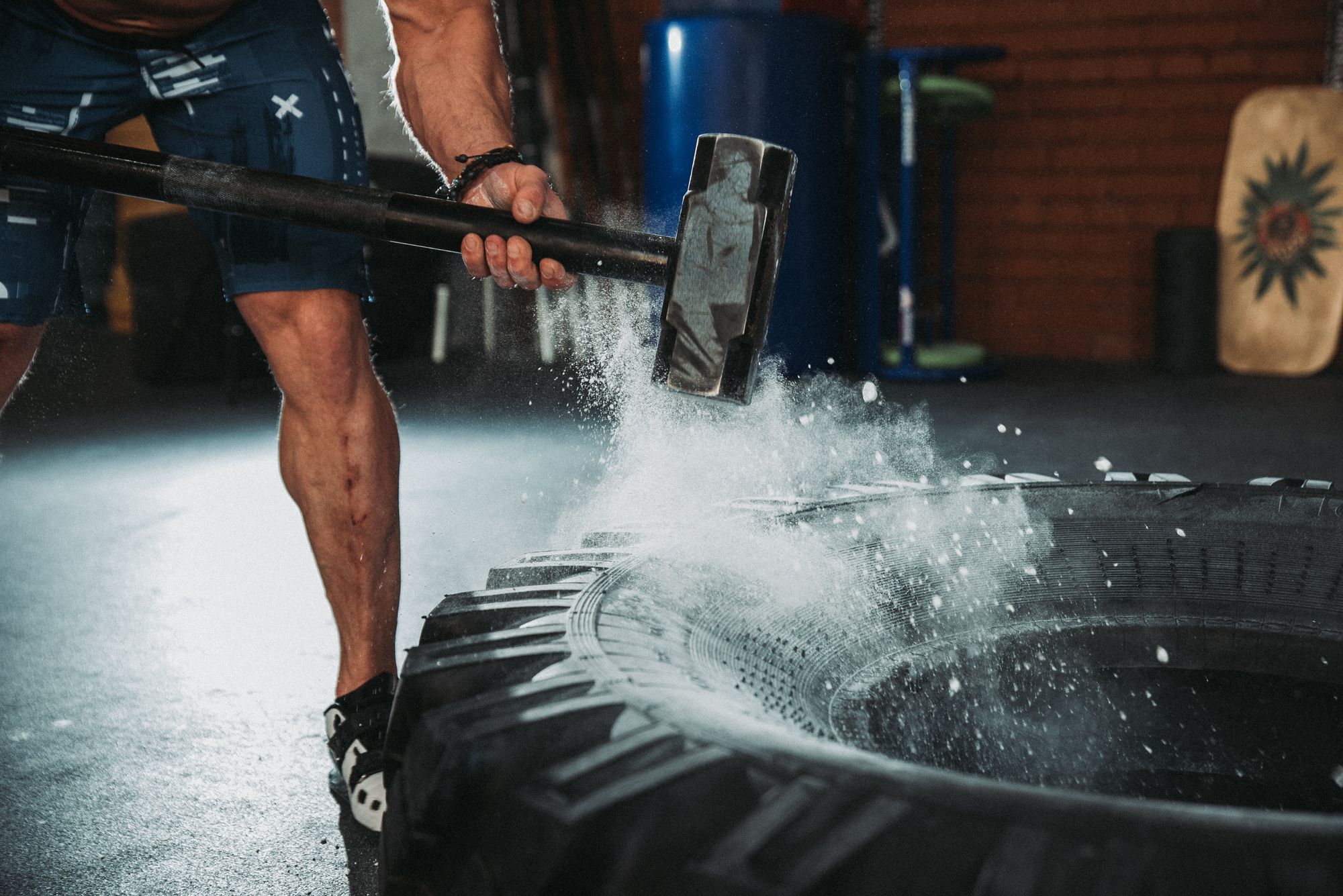Does Waist Training Really Work? Can It Help You Lose Weight?
An hourglass figure. 10 kg off the scale in a month. Shining, gleaming abs. Does waist training really work? Let's find out in this article.

If you’ve kept up with any of the Kardashians (sorry, couldn’t resist!), waist trainers shouldn’t be new to you.
And TBH, even if you haven’t, you’ve probably already seen the endless ads on waist trainers boasting eyebrow-raising — sometimes downright shocking — before and after results.
Waists that look as though you could cup them with two hands.
10 kg off the weighing scale within a month.
Shining, gleaming abs revealed after keeping a waist trainer on.
As skeptical as you may be about these purported results, you can’t deny the small voice in your mind:
“What if?”
What if waist trainers truly work? What if your cynicism is holding you back from achieving your dream figure?
Well, let’s tackle that small voice head-on today. You’ll get the answer to “Does waist training work?” in this article.
Does waist training work?
Asking whether something works without first considering what it’s supposed to work for is futile.
E.g., imagine if someone asked you if lifting weights works … but works for what? Sure, lifting weights will likely help you gain muscle mass and lose weight, but that promotion you’ve been eyeing? Not so much.
So, we'll have to break down each waist training's purported benefits and go from there.
A deep dive into waist trainers’ purported benefits
⌛ Helps your body retain an hourglass shape
Waist trainers are supposed to act like "molds" for your body, helping hold it in a shape of your liking.
While that sounds good on paper, though, the truth is that it doesn't work.
Unlike your teeth, which can be moved and maintained because they are bones, the organs and flesh around your mid-section can't simply be "trained" into a new position.
Plus, it'd be terrifying if they could.
Every little bump and hit you take could dent your body! (Psst: if you’re struggling to love your body, this article shares tips on building a healthier body image that you may find helpful.)
Breaks down fat cells, specifically in the waist region
Many marketing claims surrounding waist trainers suggest that "concentrated sweating" could break down fat cells in the abdominal area faster. But?
As a past article on spot reduction mentioned, there's very little evidence supporting targeted fat loss. The “tightness” around your mid-section you may see and feel after wearing a waist trainer is likely a result of temporary fluid loss.
Rehydrate, and it’ll be back to normal. Here’s what you should do to get rid of stubborn belly fat instead.
Suppresses your appetite, so you lose weight
Let's say a python was constricting your waist. How much food do you think you could eat? OK, so that's not a good example because there's also a lot of fear at play here.
What about if someone you loved held you in a tight hug?
A restricted stomach means less space for food — so a waist trainer could hypothetically suppress your appetite, helping you stick to a calorie deficit.
Unfortunately, this 2010 study suggests that you’ll never be able to keep your waist trainer long enough to make a difference in how much you eat. Waist trainers are uncomfortable!
Gives you a stronger core (and drool-worthy abs!)
Search for waist trainers on YouTube, and you’ll see a ton of fitness influencers urging you to wear one as you go through your core workouts. This is said to help build muscles in the core region faster.
One word of advice: please don’t.
Ironically, prolonged use of waist trainers will weaken your core muscles.
That's because instead of activating and engaging your core muscles for support, your body will come to rely on the waist trainer as a "crutch" instead. As a result, you'll lose strength and definition over time.
The use of waist trainers comes with its risks
So, the answer is clear: waist training does NOT work. And worse still, the use of waist trainers is also linked to several risks, including:
🩻 Musculoskeletal issues: Your muscles work as a unit. If your core becomes weaker due to waist training, other muscle groups, from your lower back to your glutes to your hamstrings, will have to compensate. Even in your daily movements. That increases your risk of getting injured over time.
🤮 Digestive issues: Waist trainers compress your stomach. They put upward pressure on your stomach contents, which could cause reflux into the esophagus.
❗Prolapse (especially for postpartum individuals): If you've just had a baby, you may be tempted to reach for a waist trainer to "bind" everything together again. But don't! By exerting downward pressure on your abdominal region, waist trainers could increase your risk of prolapse, a condition where your bladder, uterus, or rectum can start to descend.
What should you do instead?
Given the number of risks associated with waist trainers, this might be worth repeating one more time:
Waist trainers do NOT work. And they’re dangerous.
What’s the alternative, though? That depends on your objective. But in general, adopting healthier lifestyle habits — i.e., increasing your physical activity levels and eating more nutrient-wise dietary choices — is a great first step.
Here are a few helpful articles that’ll help you get started:




Oh, and if you need help with starting an exercise routine? Gymstreak is right here for you.
This smart, AI-powered personal trainer app will help plan all your workouts for you — all you have to do is input your fitness goals, ideal training frequency, and equipment availability, and you’re all set! Who knew getting fit could be so easy?
Getting Started With Fitness Is Easy With GymStreak
We're ready to help you. Just download the app, and you're all set.
References
Aboseif, C., & Liu, P. (2022). Pelvic Organ Prolapse. In StatPearls. StatPearls Publishing. http://www.ncbi.nlm.nih.gov/books/NBK563229/
Wikstrand, I., Torgerson, J., & Boström, K. B. (2010). Very low calorie diet (VLCD) followed by a randomized trial of corset treatment for obesity in primary care. Scandinavian Journal of Primary Health Care, 28(2), 89–94. https://doi.org/10.3109/02813431003778540


